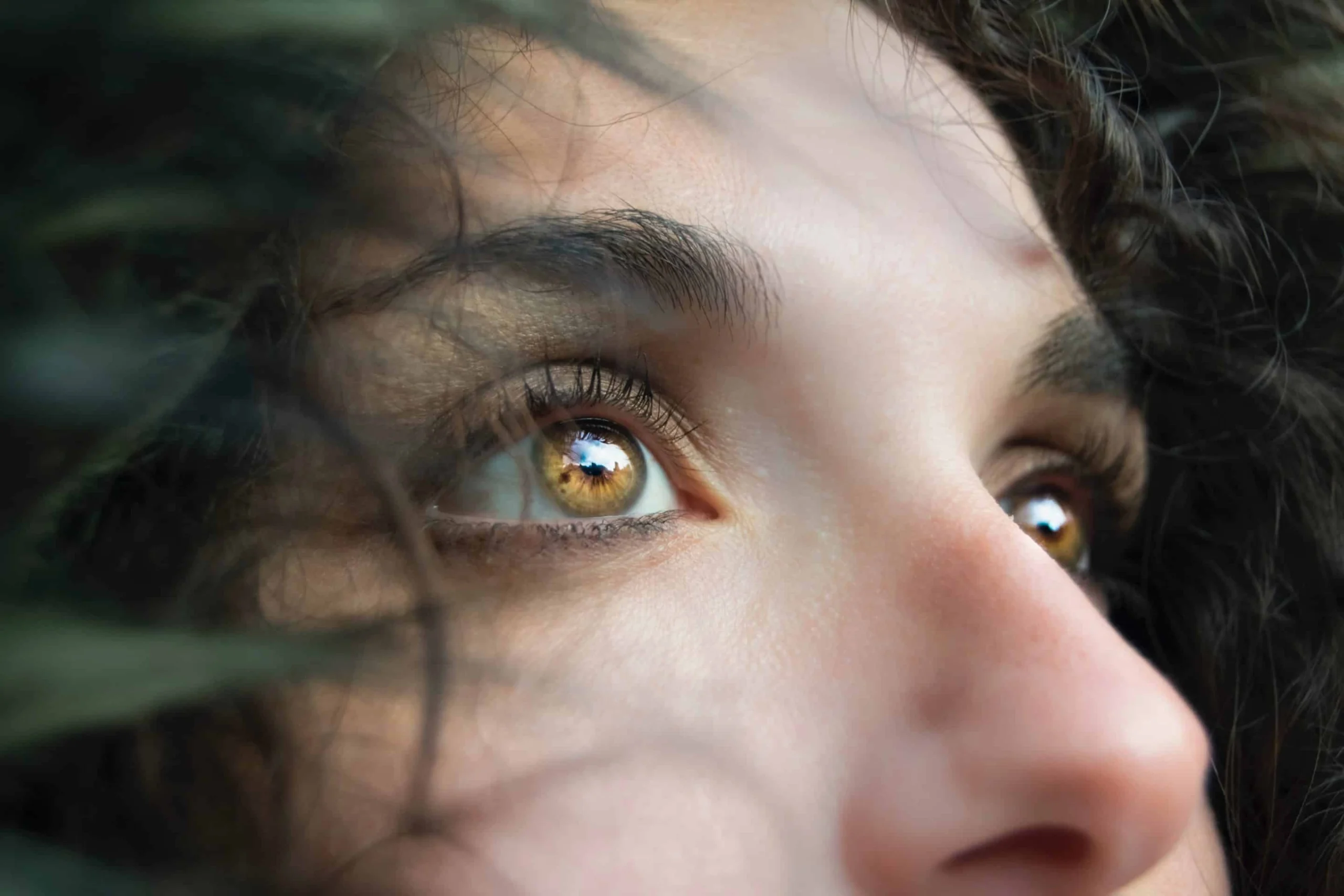Bringing natural light indoors
Developed by former NASA scientists, our BIOS SkyBlue™ technology transforms your life on a biological level.

About SkyBlue
As humans, we’ve evolved with daylight as a natural cue to keep our body clocks aligned with the 24-hour day. BIOS SkyBlue uses a specific wavelength of light to stimulate our circadian system, offering the benefits of natural light without compromising quality.
BIOS creates lighting with industry-leading circadian impact.
Did you know we spend more than 90% of our time indoors under lighting that contributes to brain fog, midday sleepiness, and nighttime restlessness? That’s why we created lighting to improve your well-being.

Industry-Leading Visual/Melanopic Balance
SkyBlue™ is spectrally tailored to meet WELL building standards while maintaining visual comfort and pinpointing the peak sensitivity of the blue-sky receptor (490 nanometers) in our eyes.
Circadian LED Lighting Made Simple
Circadian lighting controls are easy with BIOS technology. SkyBlue improves alertness, mood, and brain function during daylight hours. Simply dim your BIOS lights 2-3 hours before bedtime to provide your body with enough relaxation to promote a restful night’s sleep.
Bringing Natural Light Indoors
Optimized spectrum inspired by natural light — neutral and warm white color temperatures (3000K, 3500K, 4000K). Bio-dimming modules allow day-night configuration with common dimming controls (single 0-10V dimming, DALI, etc).
Designed by Nature, Backed by Research
Pioneered by Robert Soler, a NASA International Space Station circadian lighting system scientist and the jet lag mitigation advisor to US Olympic athletes and professional sports teams, BIOS continues active research collaborations on light and health.
Which type of SkyBlue light is right for you?
Use our simple decision tree to discover the solution for your project.

